Emphasizing Motivation Over Reinforcement
For the statement, "reinforcement drives behavior" and the idea that the learner decides what is reinforcing to both be true, behavior must actually be driven by motivation. This is obviously a false dichotomy, as we can't have reinforcement without motivation and vice versa. Yet, when arranging a training contingency we often focus exclusively or primarily on the reinforcement of the desired behavior. We carefully consider reinforcer value, timing and placement of the reinforcer; we create multiple reinforcement cues and secondary reinforcers, pre-mack and chain behaviors, and all with good cause. When our learner finds a reinforcer valuable, we can use those reinforcement strategies to create and modify many fun and functional behaviors. But what would happen if we focused on motivation instead?
The simplest form of this question asks how we can manipulate reinforcer value, or the learner's desire for the reinforcement. Options for doing so are plentiful. If we start, instead, with tapping into or manipulating the learner's intrinsic desire (i.e., if we center their experience) to perform the desired behavior, what might we see as a result?
Let's take "leave it" as an example. If we teach a dog to ask permission before they eat found items, and we create a learning environment where the answer can frequently be, "yes, go ahead, you can eat that!" we are teaching a check-in before consuming the found item in a way that gives the dog a functional reinforcer and does not ask them to compromise on what they get out of the exchange. As we transition to the real world, we will sometimes need to say no, but with increased access comes lessened motivation, so the no will be tolerable. Additionally, the dog could identify which alternate item they would like to consume from a selection of two or three we keep with us. They may not get their most-desired outcome, but neither are they stuck with a single alternative we have pre-determined to be valuable to them. After all, we all have days where something that usually sounds delicious just doesn't sound appetizing or we have had a lot of it lately and would prefer something else. Combining increased access to the functional reinforcer (eating the found items) with the opportunity to identify a preferred alternate creates a powerful, multi-layered contingency that alters motivation for eating every found item, fosters communication and collaboration between dog and handler, and increases choice and agency for the dog.
When we begin with the question of motivation, we center our learner’s experience and create more powerful options for behavior change that benefit both us and our learners.

